

Welcome to our Indian Folk and Tribal Art Gallery, where tradition meets creativity. Our curated collection features exquisite artworks from various Indian tribes and regions, showcasing vibrant paintings, intricate sculptures, and unique handicrafts.
The Gonds are a tribal community widely spread over Madhya Pradesh, Chattisgarh, and also some parts of Maharashtra, Andhra Pradesh and Orissa. Gonds call themselves Koi or Koitur, which means unclear. They are one of the largest tribes of India. Gonds have been greatly influenced by the culture and traditions of the Hindus. They are worshippers of Janani. They also worship Pharsa Pen in the form of a nail or a piece of iron chain. Like the Santhals, the Gonds believe that everything in nature is inhabited by spirits and they need to be appeased with sacrifices. On such occasions, the priest or devari perform the necessary rituals. Gond paintings are created on the walls of their dwellings and besides being decorative, they are expressions of their religious beliefs and sentiments. The themes are closely linked with their daily lives, and depict their local festivals and Gods, as well as objects and creatures present around them. However, they have now started painting on paper and canvas as well. The painters use a technique creating textures with patterns. Gond paintings have an uncanny likeness to Australian aboriginal art. In both these art forms, the brush moves creating dots or lines as fillers. Gond paintings have great universal appeal.


The Gonds are a tribal community widely spread over Madhya Pradesh, Chattisgarh, and also some parts of Maharashtra, Andhra Pradesh and Orissa. Gonds call themselves Koi or Koitur, which means unclear. They are one of the largest tribes of India. Gonds have been greatly influenced by the culture and traditions of the Hindus. They are worshippers of Janani. They also worship Pharsa Pen in the form of a nail or a piece of iron chain. Like the Santhals, the Gonds believe that everything in nature is inhabited by spirits and they need to be appeased with sacrifices. On such occasions, the priest or devari perform the necessary rituals. Gond paintings are created on the walls of their dwellings and besides being decorative, they are expressions of their religious beliefs and sentiments. The themes are closely linked with their daily lives, and depict their local festivals and Gods, as well as objects and creatures present around them. However, they have now started painting on paper and canvas as well. The painters use a technique creating textures with patterns. Gond paintings have an uncanny likeness to Australian aboriginal art. In both these art forms, the brush moves creating dots or lines as fillers. Gond paintings have great universal appeal.
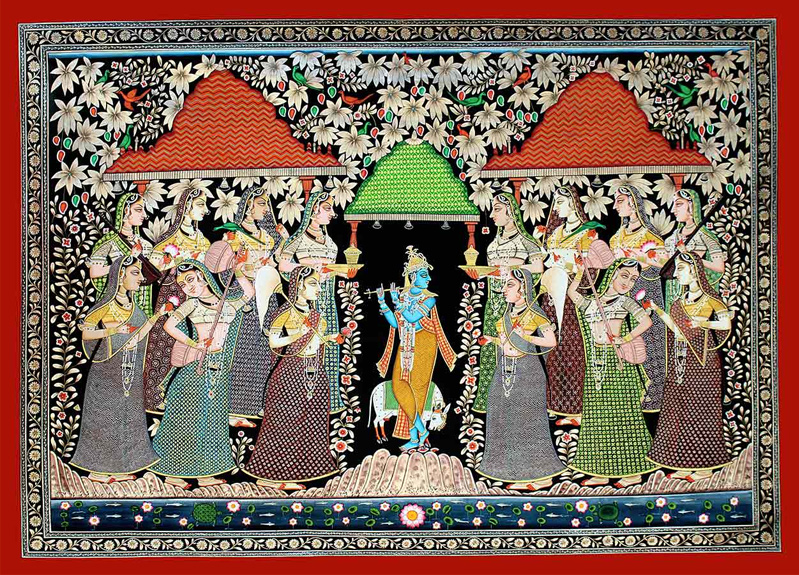
Pichwai Painting Is A 400 Year Old Art Tradition. Around 1400 A.D An Idol Of Krishna Lifting The Govardhan Mountain Was Discovered In Nathdwara Udaipur, Rajasthan. Later, A Temple Was Constructed At The Site In Nathdwara.
Acrylic on canvas
48x36 Inch
Acrylic on canvas
36.5 (H) by 31 (W) Inch
Acrylic on canvas
54x37 Inch
Pen Ink on canvas
57x38.5 Inch
Cow dung & acrylic on cloth
29.5x24 Inches
Cow dung & acrylic on cloth
28x20.5 Inches
Natural dye colour on cloth
57x77 Inch
Natural dye colour on cloth
62X41 Inch
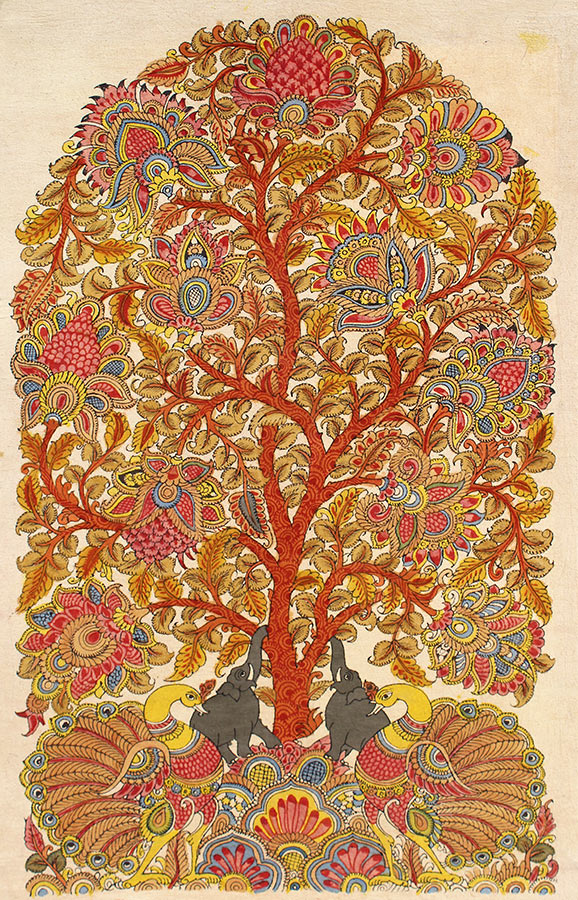
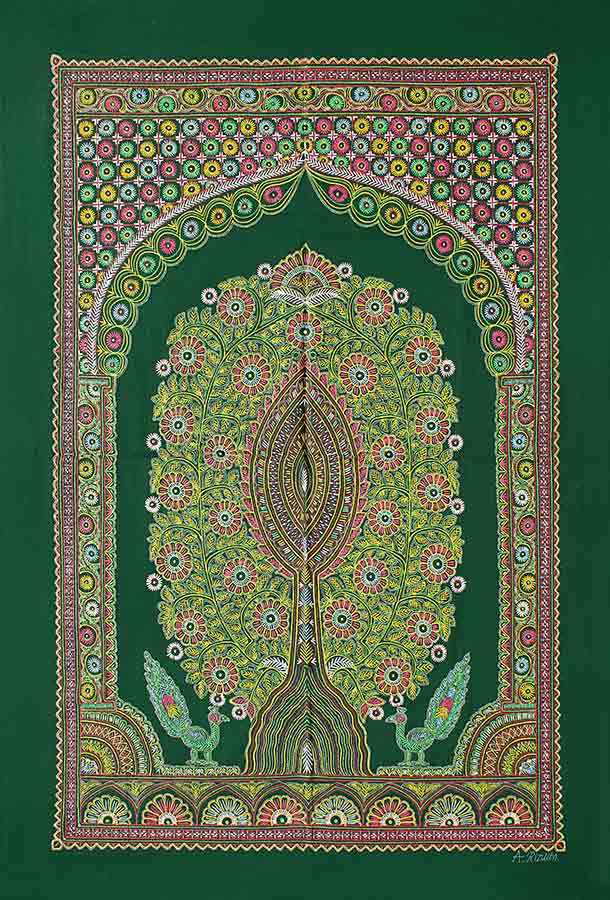
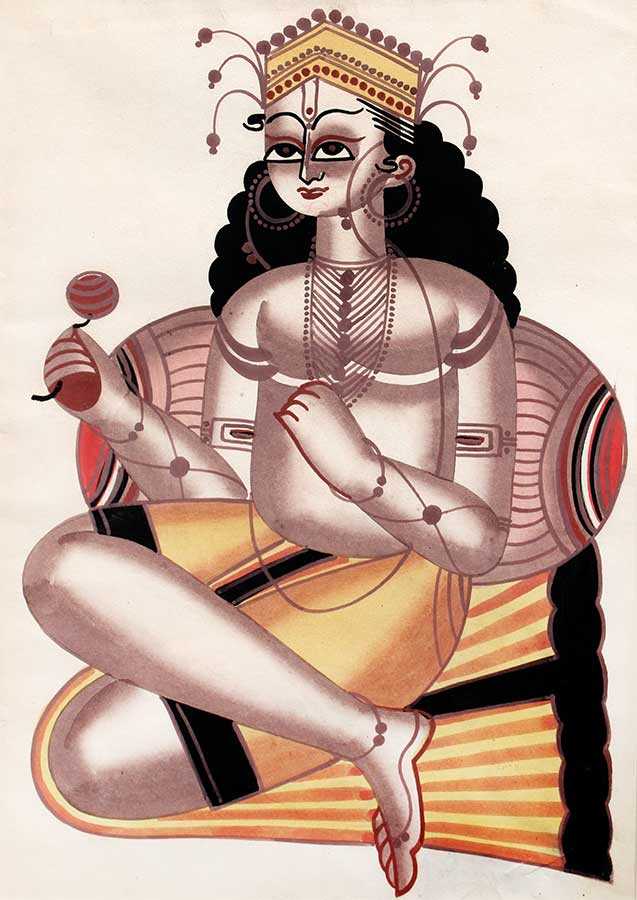
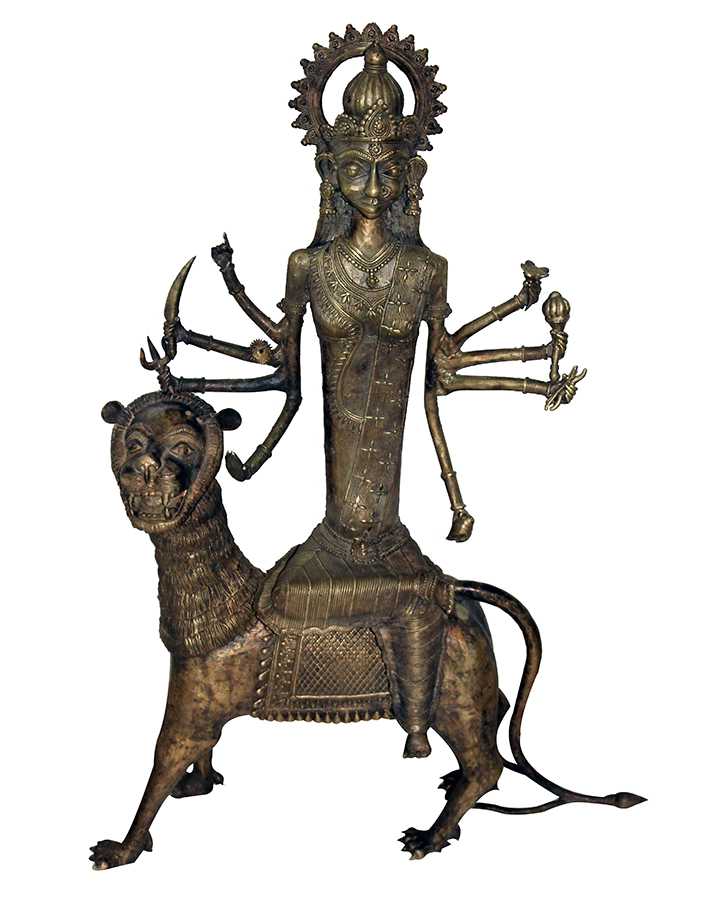
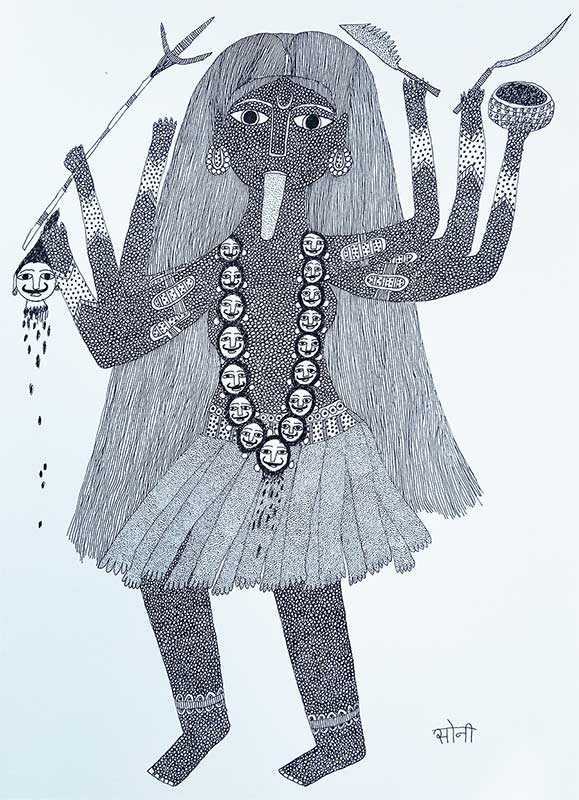
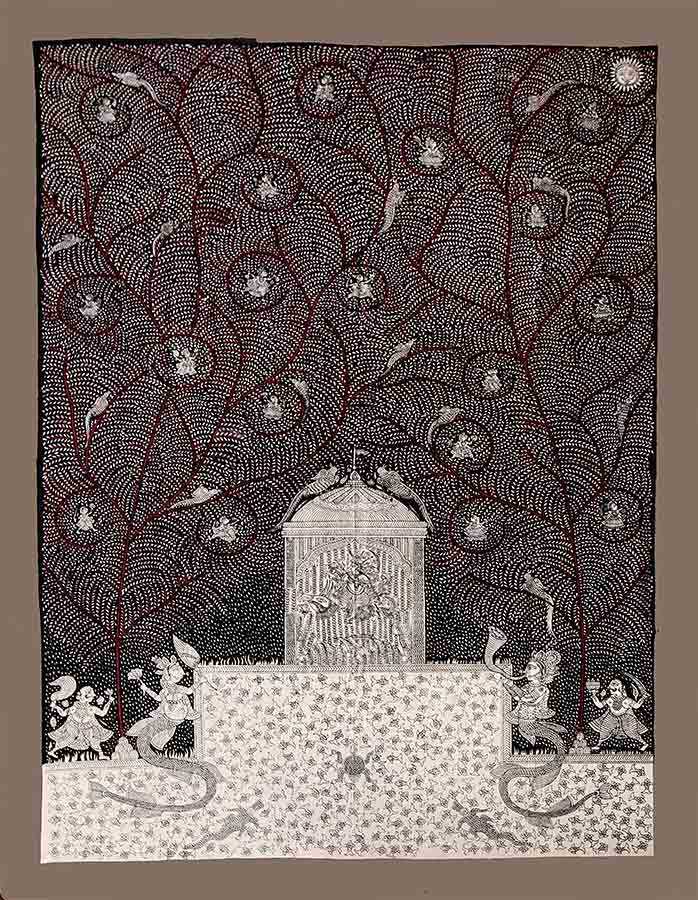
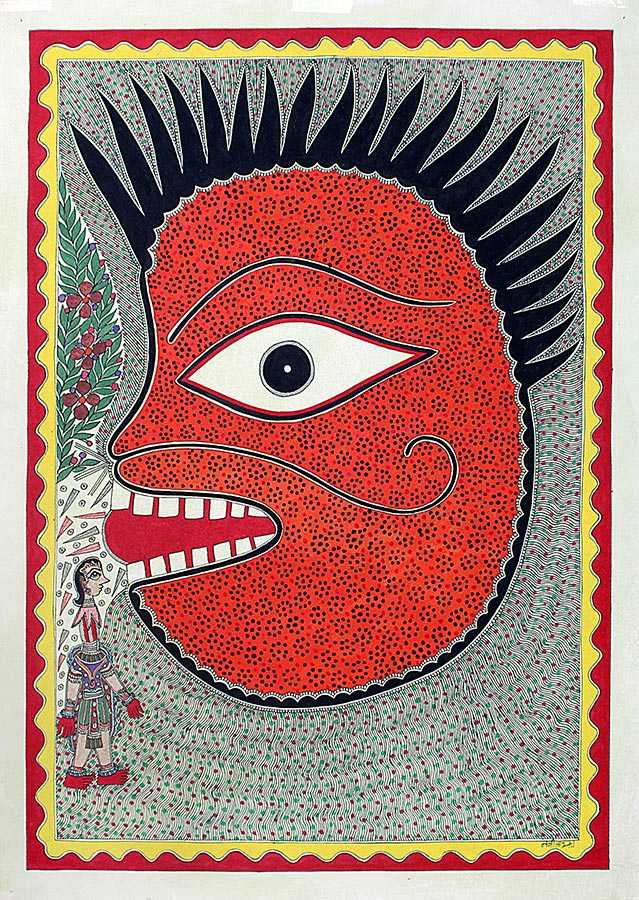
Clita clita tempor justo dolor ipsum amet kasd amet duo justo duo duo labore sed sed. Magna ut diam sit et amet stet eos sed clita erat magna elitr erat sit sit erat at rebum justo sea clita. Clita clita tempor justo dolor ipsum amet kasd amet duo justo duo duo labore sed sed. Magna ut diam sit et amet stet eos sed clita erat magna elitr erat sit sit erat at rebum justo sea clita.
Clita clita tempor justo dolor ipsum amet kasd amet duo justo duo duo labore sed sed. Magna ut diam sit et amet stet eos sed clita erat magna elitr erat sit sit erat at rebum justo sea clita. Clita clita tempor justo dolor ipsum amet kasd amet duo justo duo duo labore sed sed. Magna ut diam sit et amet stet eos sed clita erat magna elitr erat sit sit erat at rebum justo sea clita.
Art has been an integral part of human history, allowing cultures around the world to express their stories, beliefs, and identities. As we delve into the diverse realms of traditional art, we uncover fascinating similarities between seemingly distant cultures. The artistic expressions of the Indian Bhil tribe and Australian Aboriginals are one such revelation. These indigenous communities are geographically distant from one another, but their art forms are strikingly similar, reflecting a strong bond with nature, spirituality, and ancestry.
Tantric Pichwai paintings hold a profound significance in the realm of traditional Indian art. These captivating artworks are deeply rooted in the Tantric tradition, which encompasses a spiritual practice involving mantras, symbols, and rituals to connect with the divine.

